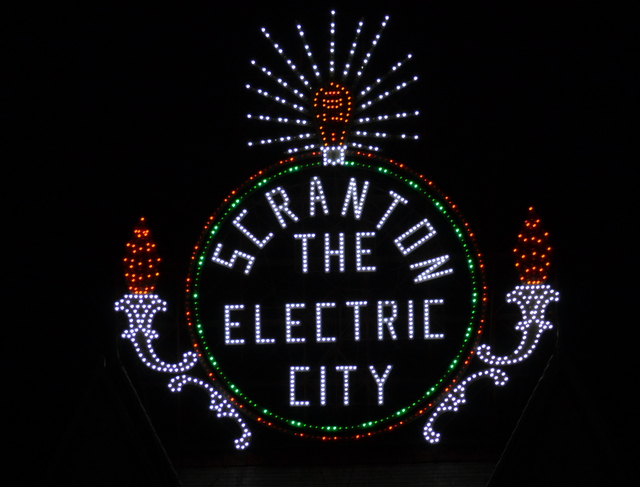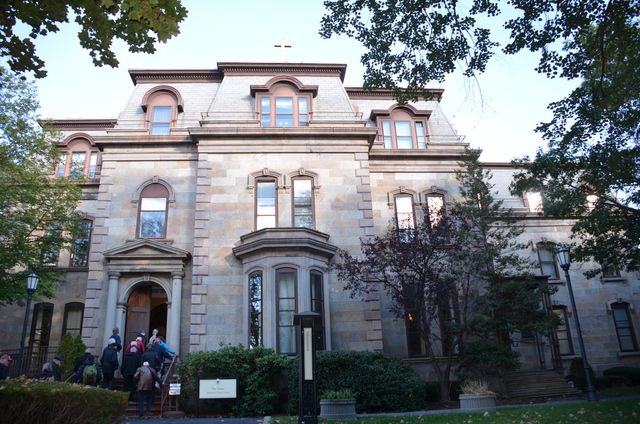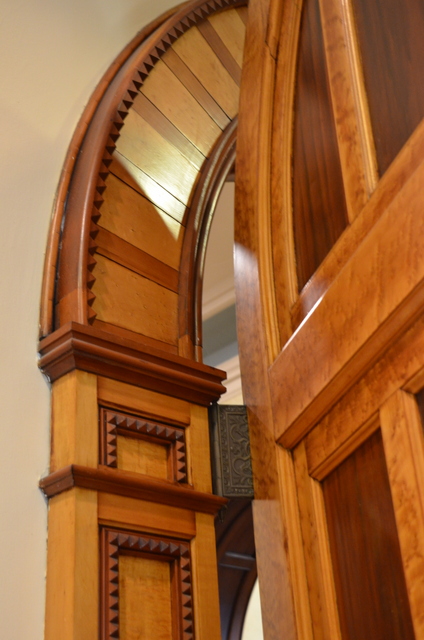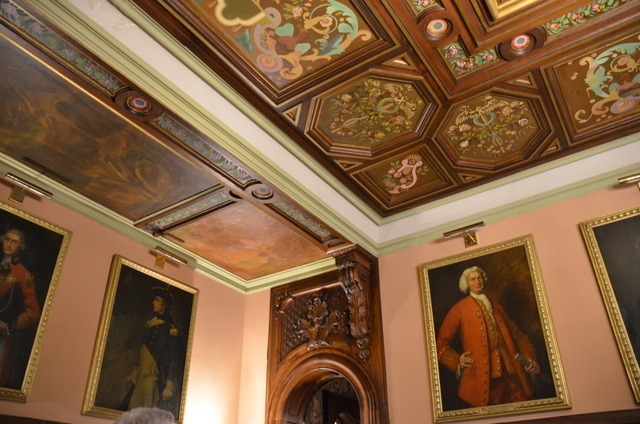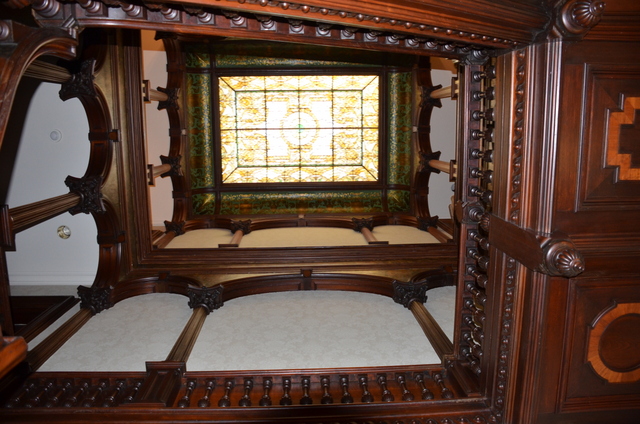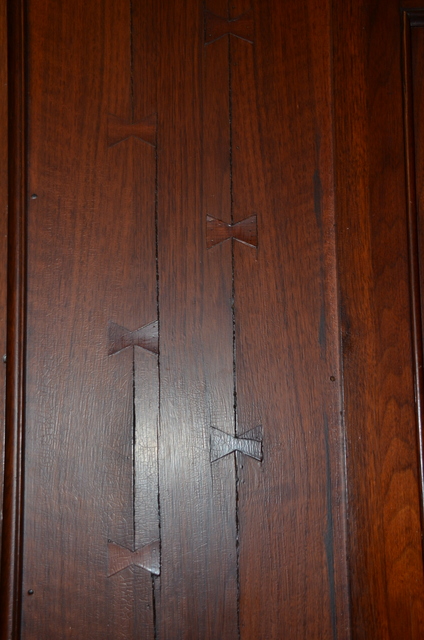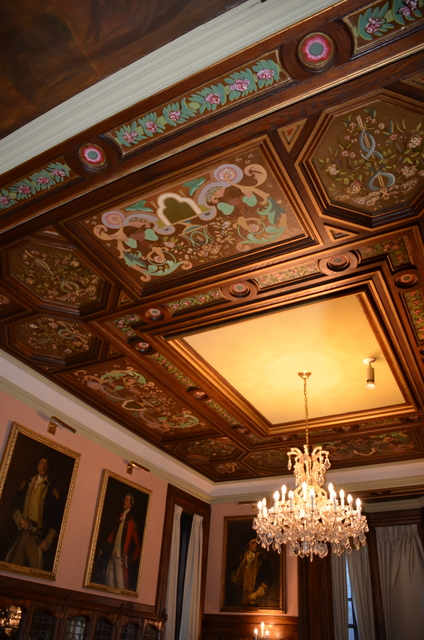October 2015
Scranton Pennsylvania is the county seat of Lackawanna and the 6th largest city in Pennsylvania. Incorporated in 1866, it saw its hey-dey in the Anthracite Coal boom. At that time the population was about 102,000, today it is about 76,000.
Electric lighting was introduced to Scranton through the Dickson Locomotive Works in 1880 and later it had the countries first successful, continuously operating, all electric street cars, giving it the nick name “The Electric City”.
The name of the town comes from New Jersey brothers Selden T. and George W. Scranton They were responsible for the Lackawanna and Western Railroad. Ironically, there is no passenger railway transportation in Scranton anymore, although the Canadian Pacific Railroad does run freight through Scranton.
Some of the revival of Scranton is through the five institutes of higher learning located in the city. They include: The University of Scranton, The Commonwealth Medical College, Johnson College, Lackawanna College and Marywood University.
The Second Empire Style house, built in 1872, was designed by New York architect Russell Sturgis, for Joseph A. Scranton, George W. Scranton’s second cousin. It is believed construction costs were $150,000. It was also called the Stone House. The stone mason was William Sykes.
The home is three stories tall, 19,925 square feet and originally had 25 rooms. It also originally had a tower, which has since been removed.
In December 1941, Worthington Scranton, Joseph’s son, donated the home and property to Bishop William J. Hafey for use by the University of Scranton. The building has housed the Admissions office since 2009.
*
*
